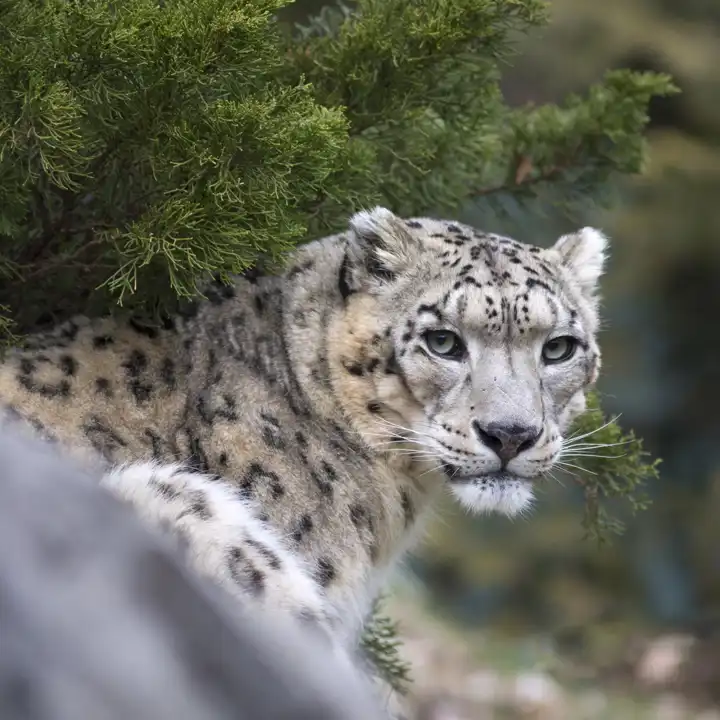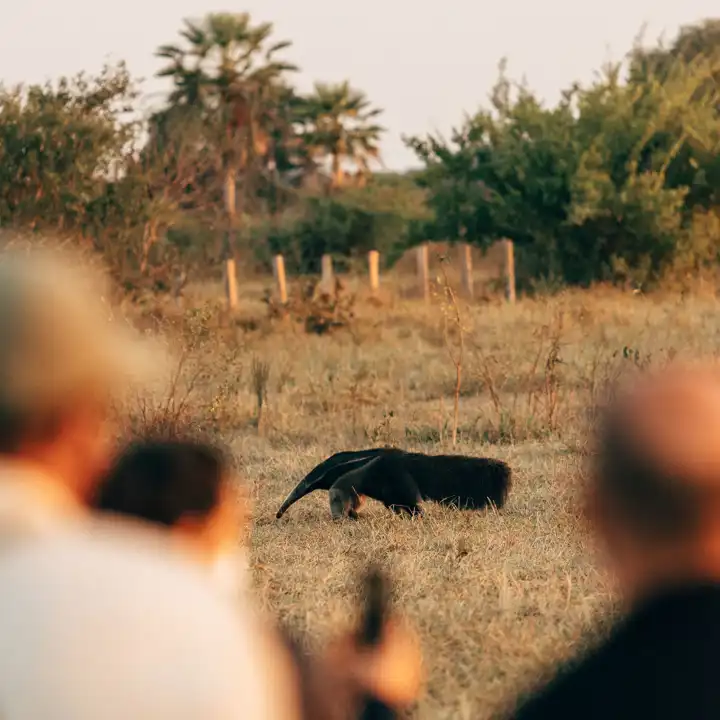5 Lesser-Known Wildlife Species
And where to find these elusive creatures
Some animals are just a bit more fascinating
If you’re ready to move beyond the usual safari suspects, we’ve put together a list of some of the most incredible and lesser-known animals of the world. From the elusive nocturnal animals of Africa to the critically endangered species found only on remote islands, each of these creatures has a fascinating story to tell about survival and adaptation in some of the world’s most amazing habitats.
The Aardvark

The Aardvark
To witness these fascinating creatures in their natural environment, consider exploring the vast landscapes of sub-Saharan Africa. The aardvark's unique adaptations and behaviors make them a captivating subject for wildlife enthusiasts.
See the ItineraryThe Kakapo

The Kakapo
For those interested in observing these unique creatures, New Zealand offers a rare opportunity. Although the kakapo population is critically low, there are managed reserves where visitors can learn about and observe these birds, also supports the ongoing efforts to save this species from extinction.
See the Itinerary
The Snow Leopard
The snow leopard, adapted to the harsh Himalayas, is known for its thick fur and elusive nature. A skilled hunter of ibex, bharal, and marmots, it faces threats from habitat loss and poaching, making it endangered. Found in countries like China, Nepal, and Mongolia, conservation efforts, including habitat protection and anti-poaching laws, are vital for its survival. A wildlife safari offers a chance to see snow leopards while supporting local economies and conservation.

The Snow Leopard
The snow leopard is found in many countries, including China, Bhutan, Nepal, India, Pakistan, Russia, and Mongolia. Each country has its own special places where these rare animals can be seen.
See the LodgeThe Giant Anteater

Giant Anteater
The Giant River Otter

The Giant River Otter
The Giant River otter can be found thriving in South America's Amazon and Orinoco river basins. For an off-the-beaten path experience, head to the interior of Guyana.
See the ItineraryStart Planning your Journey
It is a big world with so much wildlife to see! Ker & Downey has over 30 years of experience in creating one-of-a-kind travel designs that are personal and memorable. Contact us to start planning your next safari and experience the wonders of lesser-known wildlife firsthand.

Talk to A Travel Designer
Get advice and suggestions to make this your perfect trip.
Or give us a call at 800.423.4236.
Inquire NowSee What We Are Up To
Subscribe to our Weekly Newsletter for Travel Tips and Insider Guides for Planning your Next Journey!
